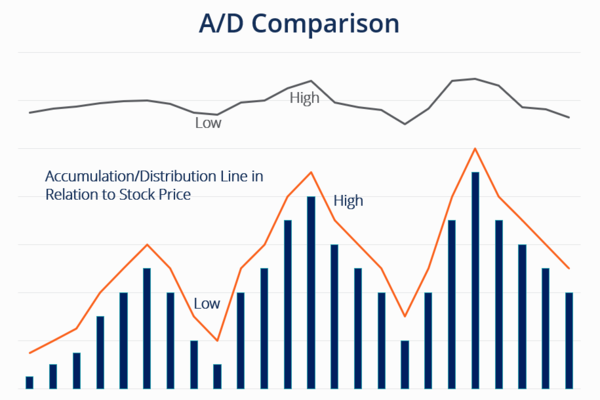The literal meaning of 'stop profit and stop loss' is to halt gains and limit losses. Many stock market novices might question this, understanding the need to stop losses, but wondering why one would stop profits. Therefore, it's crucial to understand the concepts of stop loss and take profit orders. Everyone should first grasp what these terms mean.

What does it mean to Stop Profit and Stop Loss?
Stop Loss
Stop loss means that when a stock trader experiences a loss in their investment or increases the risk in the forex market, the act of the trader cutting their position and exiting is called a stop loss. The purpose of a stop loss is to minimize the losses incurred in the investment.
The following three methods can often be used to stop losses:
1. When the loss reaches a certain proportion, such as a planned decline, the liquidation operation is carried out. The specific proportion setting needs to be determined based on the specific market situation and one's own bearing capacity.
2. Before trading, plan the specific stop loss point for the transaction, and immediately close the position when the exchange rate reaches the designated point during the trading process.
3. When the risk of exchange rate stocks reaches a certain level, regardless of the position of the exchange rate and the current market situation, stop loss is unconditionally carried out.
Stop Profits
In trading, we all pursue top and bottom operations to maximize profits. Some people close their positions and exit when there is still a lot of room for stock appreciation, losing a lot of potential profits. Some people stay at the top position and end up losing money, which is why there is no reason to set a stop profit point. By setting a stop profit point, we can achieve maximum profits.
There are several common methods to set up a stop profit
1. By setting a certain proportion to set a specific stop profit position, it is generally possible to set a callback position according to the proportion to make profits close to the maximum value.
2. Plan a fixed stop profit point and exit the position when the exchange rate rises to that point, which also fixes the size of the profit, so that there is no regret for early exit.
3. Set a stop profit based on the market situation. When the market reaches a critical position and the profit margin gradually shrinks, consider setting a stop profit.
The settings of stop profit and stop loss can be set through trading software, or you can manually operate them during the trading process.
The Necessity of Stopping Losses and Profits
Volatility and unpredictability are the fundamental characteristics of the market, which are the foundation of its existence and the cause of risks in trading. These are immutable characteristics. There is always no certainty in trading, and all analysis and predictions are only a possibility. Trading based on this possibility is naturally uncertain, and uncertain behavior must have measures to control the expansion of its risk, resulting in stop losses.
Stop losses are naturally generated by humans in the trading process, not intentionally made, but an instinctive reaction of investors to protect themselves. The uncertainty of the market has created the necessity and importance of stop losses. Successful investors may have different trading methods, but stop loss is a common feature that ensures their success. World investment master Soros once said that investment itself does not have risks, only out of control investments have risks. Learn to stop losses and never fall in love with losses. Stop loss is far more important than profit, because breakeven is always the first priority and profit is the second. Establishing a reasonable stop loss principle is quite effective, and the core of a cautious stop loss principle is not to allow losses to continue to expand.
【 EBC Platform Risk Reminder and Disclaimer 】: There are risks in the market, and investment needs to be cautious. This article does not constitute investment advice.







